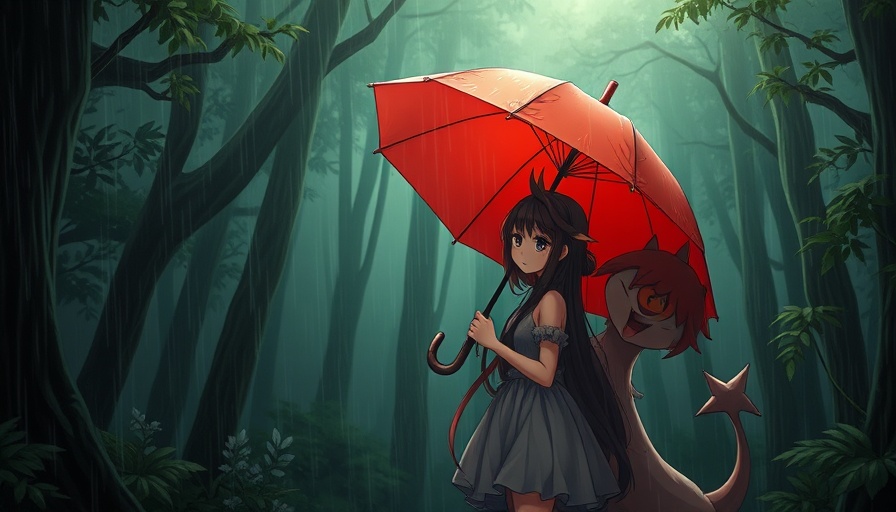
Unleashing the Magic of AI through Studio Ghibli Art
The internet is currently alive with a flood of Studio Ghibli-inspired illustrations thanks to the latest features of OpenAI's ChatGPT. Released as part of the GPT-4o update, the ability to transform images into the enchanting style of Studio Ghibli has caught the imagination of many, merging technology with art in unexpected ways. Fans of Hayao Miyazaki's timeless films now have the chance to reinterpret their favorite memories, political events, and even popular memes through the whimsical lens of Ghibli’s artistry.
How This Trend Began: A New Era for AI Tools
The lively trend picked up speed shortly after the announcement of ChatGPT's image generation capability. Premium users can not only upload personal photos but also receive fascinating adaptations that resemble the delicate aesthetics of Studio Ghibli. The diverse outcomes have led to a myriad of creations: from mundane family portraits turned fantastical to politically charged memes that resonate with the complexities of current events.
Understanding the Mixed Reactions: Art vs. AI
However, the reception of these AI-generated artworks is far from uniform. While some rejoice at the technological advancement, others have been vocal about their unease. Artists are particularly concerned about the ethical implications of AI artworks. The generative AI landscape has been fraught with controversy as many creators have expressed frustration over their work being utilized without consent to train AI models. A recent letter signed by over 11,000 creatives calling for ethical practices in AI art generation exemplifies the growing unease among professionals within the industry.
Perspectives from Artists and Users
As Studio Ghibli enthusiasts share their Ghibli-styled creations, critics argue that this phenomenon risks trivializing the painstaking craft integral to traditional art. Accusations of "AI slop" have emerged, branding some of the results as soulless or lacking originality. One user on social media articulately described the overflow of Ghibli-inspired images as diminishing unique artistry, stating, “Art reduced to ‘content’ is detrimental to genuine creativity.” Such sentiments provoke an essential discussion of how technology sits in contrast to the soulful nature of true artistry.
Future Predictions: The Intersection of AI and Artistic Expression
As we look to the future, the technologic revolution powered by artificial intelligence continues to pose pivotal questions for both creators and consumers. The burgeoning field of generative art highlights ways to leverage AI as a tool for inspiration rather than imitation. Will generations of artists embrace AI as a collaborative partner or reject it as a thief of creativity? The answer may depend on how well the art community addresses ethical concerns and advocates for copyright protection.
What This Means for the Future of Art and AI
As artists navigate this new terrain, it is crucial to evaluate how emerging technologies impact artistic integrity. The integration of AI in creative fields does not inherently displace human artistry; rather, it can augment it. The current excitement surrounding Studio Ghibli-inspired images opens pathways for dialogue about innovative techniques that better align AI capabilities with ethical standards. For enthusiasts and professionals alike, understanding this balance may enhance their appreciation for both AI and traditional art forms.
Call to Action: Understanding Your Role in the Future of Art
Whether you’re an artist, a fan of Ghibli, or simply intrigued by the concept of AI, it’s essential to stay informed about how these technologies are evolving and influencing culture. Engaging in the conversation about AI-generated art can help cultivate a community that values creativity and ethical practices. Let’s explore how these advancements can work in harmony with artists, paving the way for a vibrant future of artistic expression.
 Add Row
Add Row  Add
Add 




 Add Row
Add Row  Add
Add 

Write A Comment